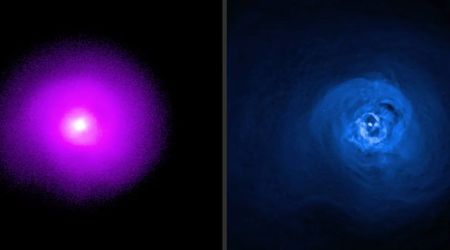NASA's 'Accident' helps understand hidden chemistry of giant planets like Jupiter and Saturn

Astronomers are getting help from an unusual object in space to understand the atmospheric chemistry hidden deep in Jupiter and Saturn. Experts often wonder why silicon, one of the most common elements in the universe, was undetected in Jupiter, Saturn, and similar gas planets. A new study published in the journal Nature used observations from NASA’s James Webb Space Telescope to tackle this question. This mission also took the help of a peculiar object discovered in 2020 by stumbling upon it by chance, and quite aptly named “The Accident.”
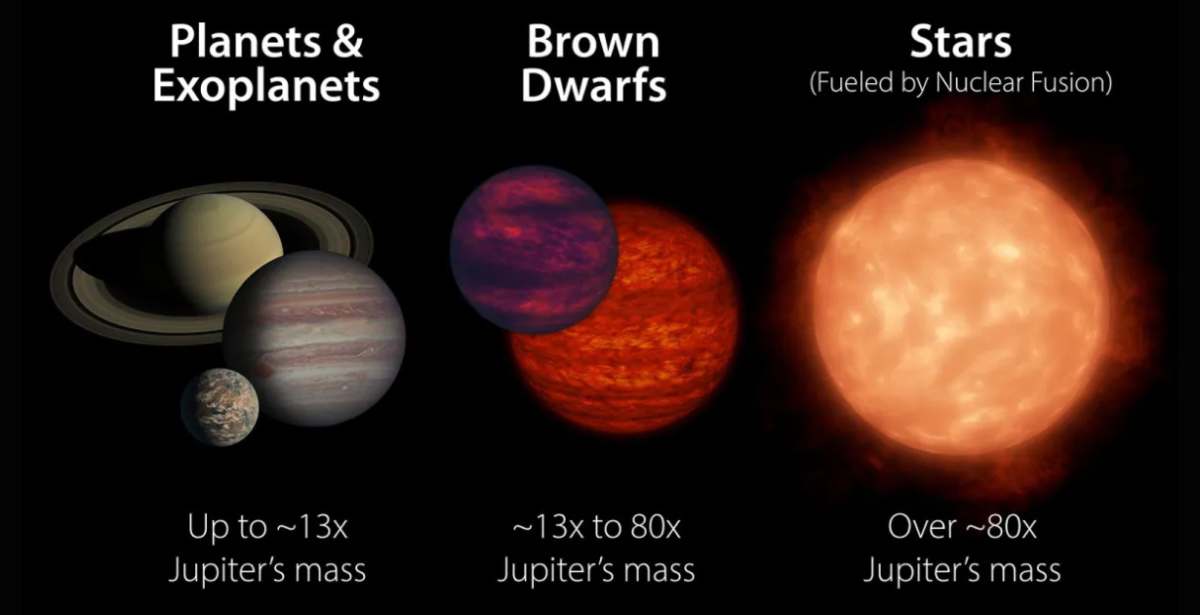
"The Accident" is a brown dwarf, which is a ball of gas that cannot be classified as a planet, nor as a star. As a confusing category in itself, The Accident contains a unique mix of physical features, which were partly seen in young brown dwarfs and partly in ancient ones. According to NASA, these features helped it evade typical detection methods, and it was found by a citizen scientist participating in Backyard Worlds: Planet 9. This program allows people across the world to look for new observations in the data from NASA’s now-retired NEOWISE (Near-Earth Object Wide-field Infrared Survey Explorer).
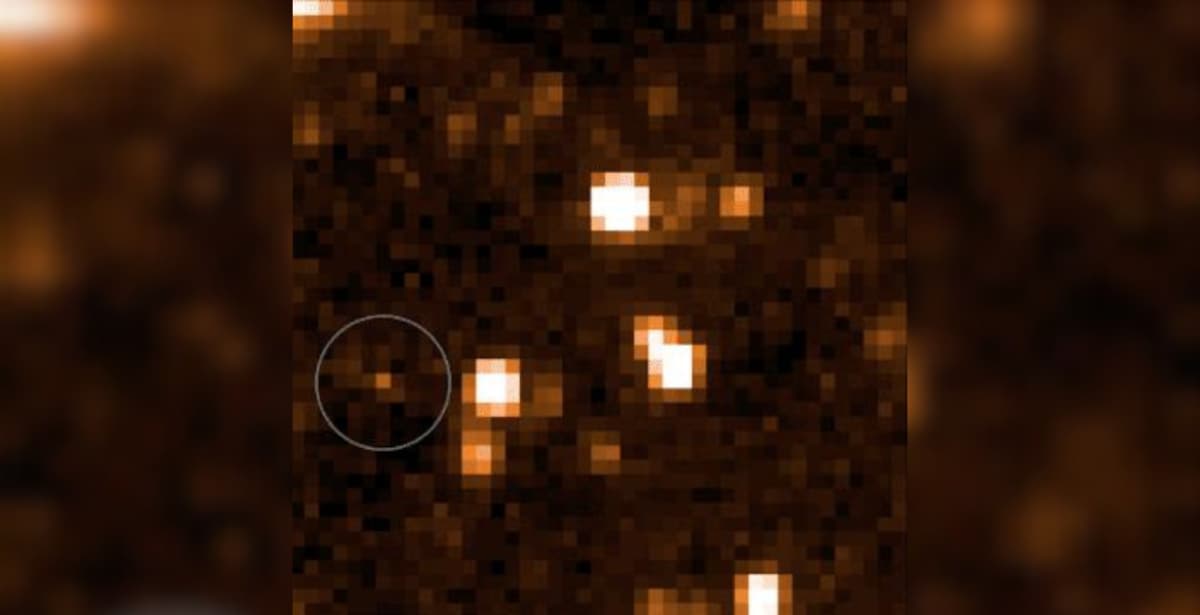
"The Accident’s" atmosphere revealed a faint molecule, which was found to be a simple silicon molecule called silane (SiH4). Researchers expected to find silane not only in the gas giants of our solar system, but also in various atmospheres ranging from brown dwarfs to the gas giants orbiting other stars. The Accident is the first such object in which this molecule was identified. Experts knew that silicon exists in Jupiter and Saturn’s atmospheres, but it is hidden. Silicon forms quartz-like oxides when bound to oxygen, which resembles the dust storms on Earth.

As Jupiter and Saturn were cooler planets, these kinds of clouds sank beneath lighter layers of water vapor and ammonia clouds. This hides molecules with silicon deep in the atmosphere, making it invisible to the spacecraft that studies the two planets up close. It is also possible to detect lighter molecules of silicon higher up in these atmospheric layers as residue. Such molecules never appeared anywhere except in a single, peculiar brown dwarf, hinting at the nature of their environments.
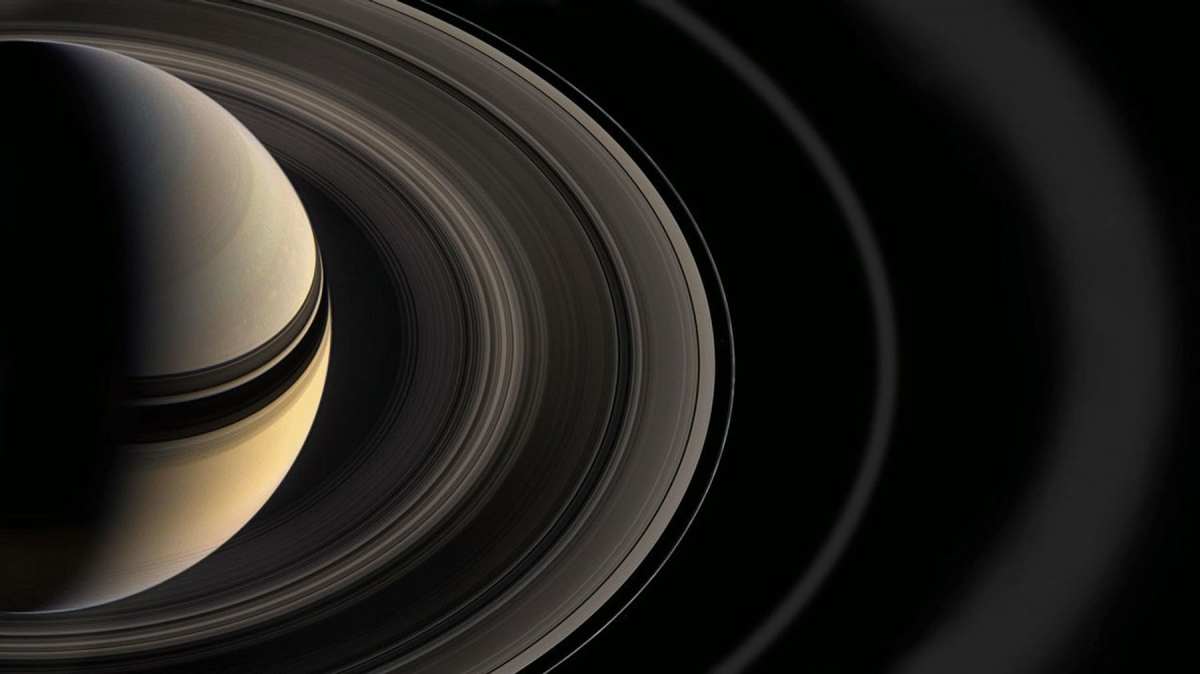
“Sometimes it’s the extreme objects that help us understand what’s happening in the average ones,” stated Faherty, a researcher at the American Museum of Natural History in New York City, and lead author of the new study. Webb’s observations of "The Accident" are evidence that silane can form in brown dwarf and planetary atmospheres. Its absence in other brown dwarfs and gas giants highlights the rate at which silicon molecules bind with oxygen. The interaction happens at ease and leaves behind virtually no leftovers to bond with hydrogen and form silane.
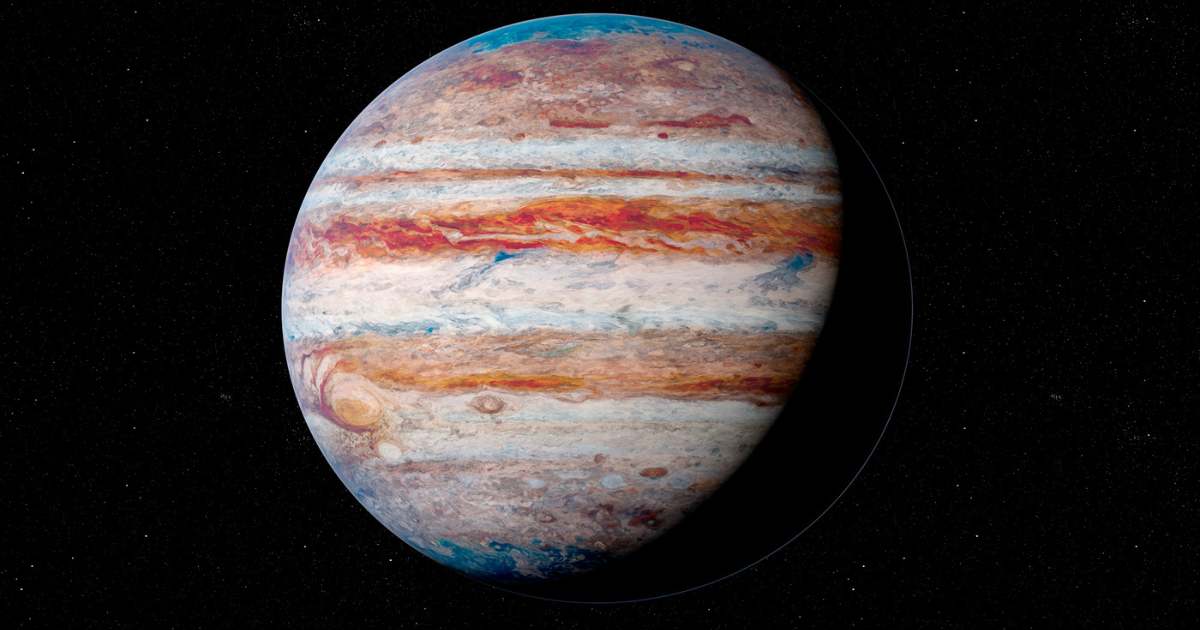
The very little presence of oxygen in "The Accident’s" atmosphere could be the reason for the presence of siane. With less oxygen to gobble up the silicon, they bind with hydrogen, creating the molecule. The researchers did not expect to solve a mystery relating to Jupiter and Saturn with their observations, but this accident was a blessing in disguise. Understanding the nature of these internal elements helped to better reflect on what is known about the nature of other entities in the universe. These elements make research easier and add to the record of the galaxy.
More on Starlust
Astronomers unveil exceptionally powerful high-resolution spectrograph to find red dwarf planets
